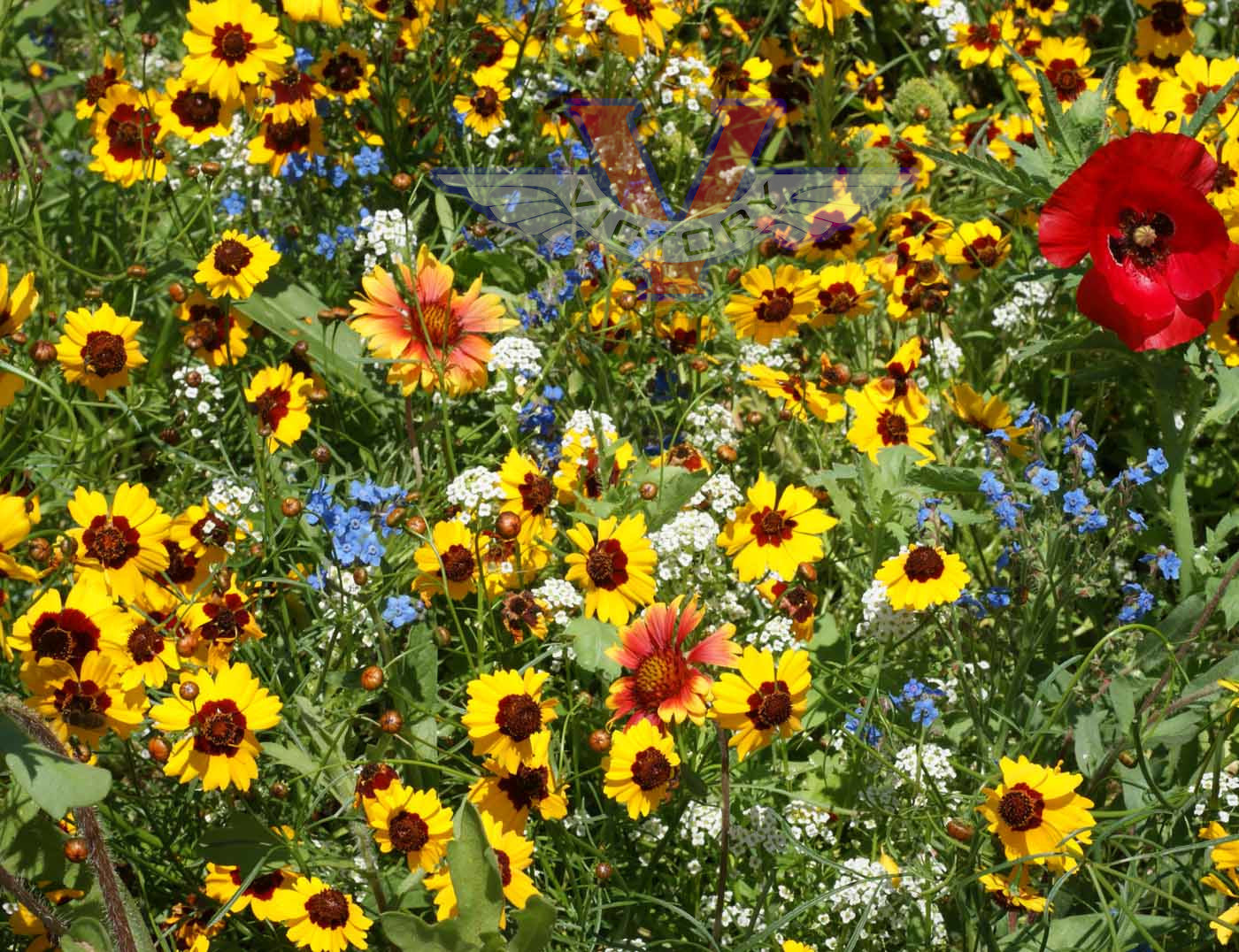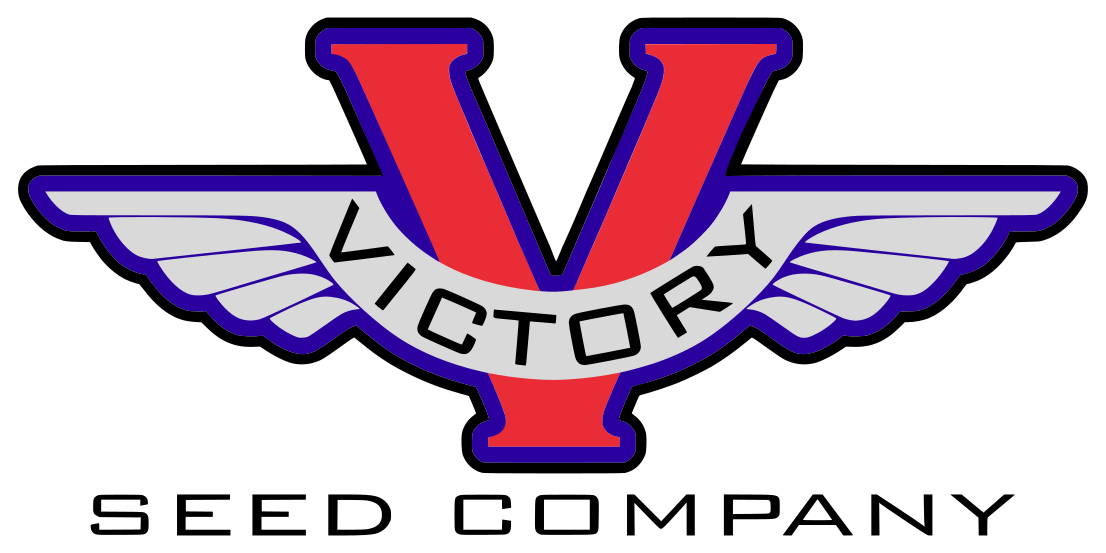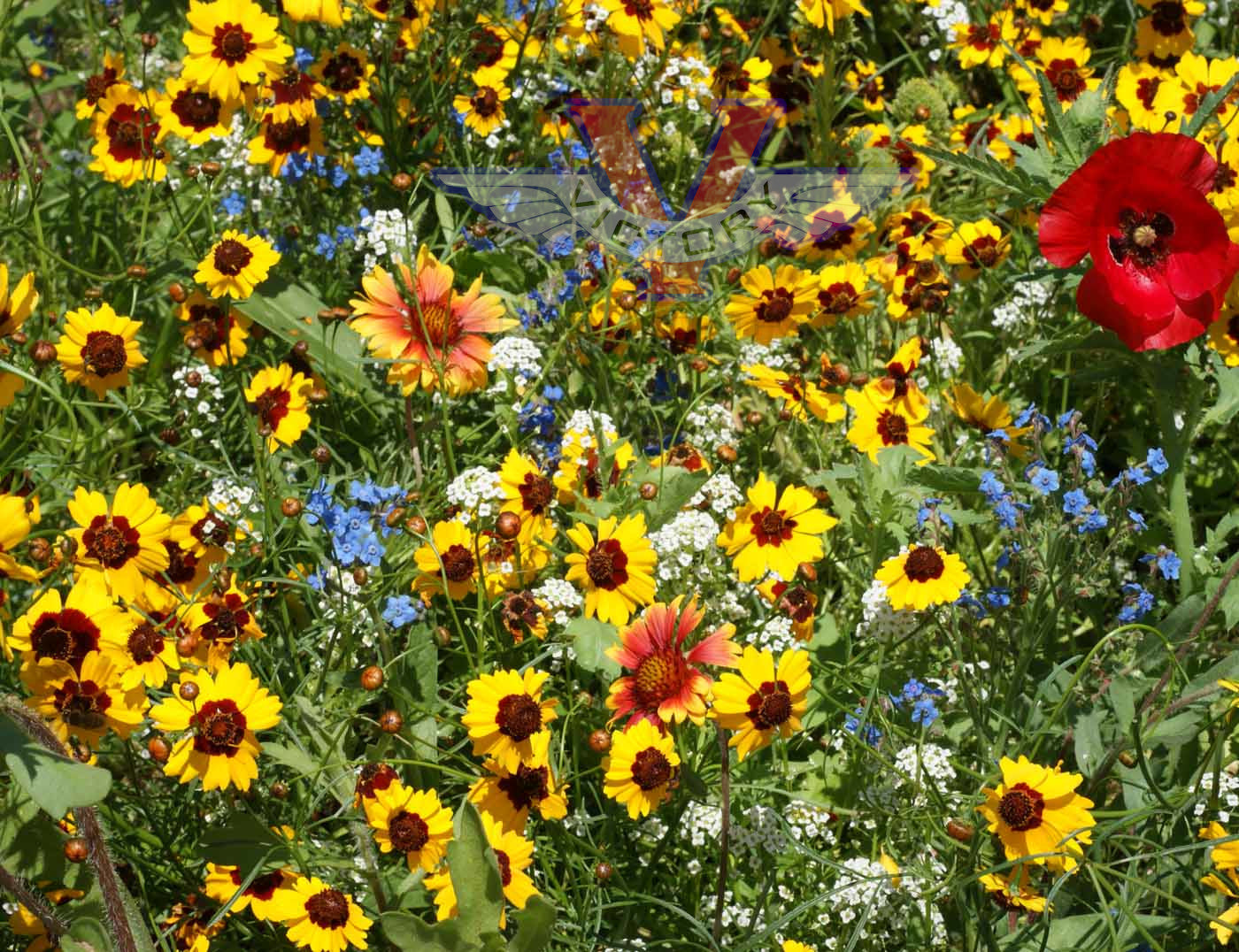Bees & Pollinators Feed Seed Mix
Bees & Pollinators Feed Seed Mix
Couldn't load pickup availability
The mix includes the following annual and perennial varieties:
Baby Blue Eyes (Nemophila menziesii), Bergamot (Monarda fistulosa), Blue Flax (Linum perenne), California Poppy (Eschscholzia californica), China Aster (Callistephus chinensis), Chinese Forget-Me-Not (Cynoglossum amabile), Flanders Poppy (Papaver rhoeas), Fleabane Daisy (Erigeron speciosus), Globe Gilia (Gilia capitata), Indian Blanket (Gaillardia pulchella), Lance-Leaved Coreopsis (Coreopsis lanceolata), New England Aster (Symphyotrichum novae-angliae), Plains Coreopsis (Coreopsis tinctoria), Purple Coneflower (Echinacea purpurea), Purple Giant Hyssop (Agastache rugosa), Siberian Wallflower (Cheiranthus allionii), Sweet Alyssum (Lobularia maritima), Tidy Tips (Layia platyglossa).

- Colony Collapse Disorder
- The Xerces Society is a nonprofit organization that protects wildlife through the conservation of invertebrates and their habitat. For forty years, the Society has been at the forefront of invertebrate protection worldwide, harnessing the knowledge of scientists and the enthusiasm of citizens to implement conservation programs.
- North American Pollinator Protection Campaign (NAPPC) is a nonprofit organization that works to promote public awareness of pollinator decline. It was largely through their efforts that the National Pollinator Week declaration was made.
- The USDA's Pollinator Page.
Explore our vegetable collections:
[ Artichokes | Asparagus | Beans | Beets | Broccoli | Sorghums | Brussels Sprouts | Cabbage | Cantaloupe | Carrots | Cauliflower | Celery | Collard Greens | Corn | Cucumber | Eggplant | Endives | Gourds | Kale | Kohlrabi | Leeks | Lettuce | Mesclun Mix | Mustard Greens | Okra | Onions | Parsley | Edible Pod Peas | Garden Peas | South Peas | Hot Peppers | Mild Peppers | Pumpkins | Radishes | Rapini | Rhubarb | Salad Greens | Salsify | Summer Squash | Winter Squash | Swiss Chard | Tomatillo | Tomatoes | Dwarf Tomato Project | Turnips | Watermelons ]

